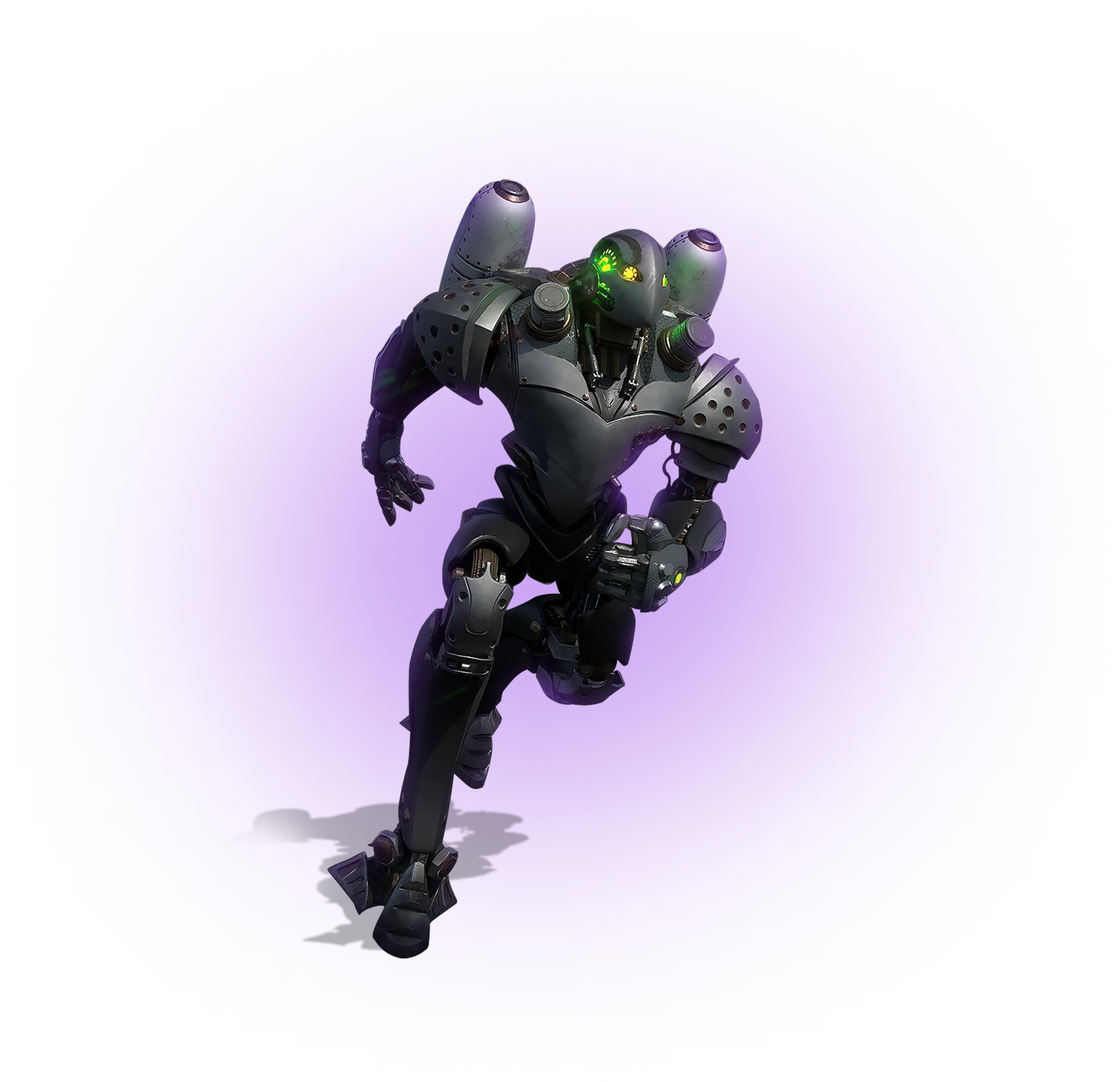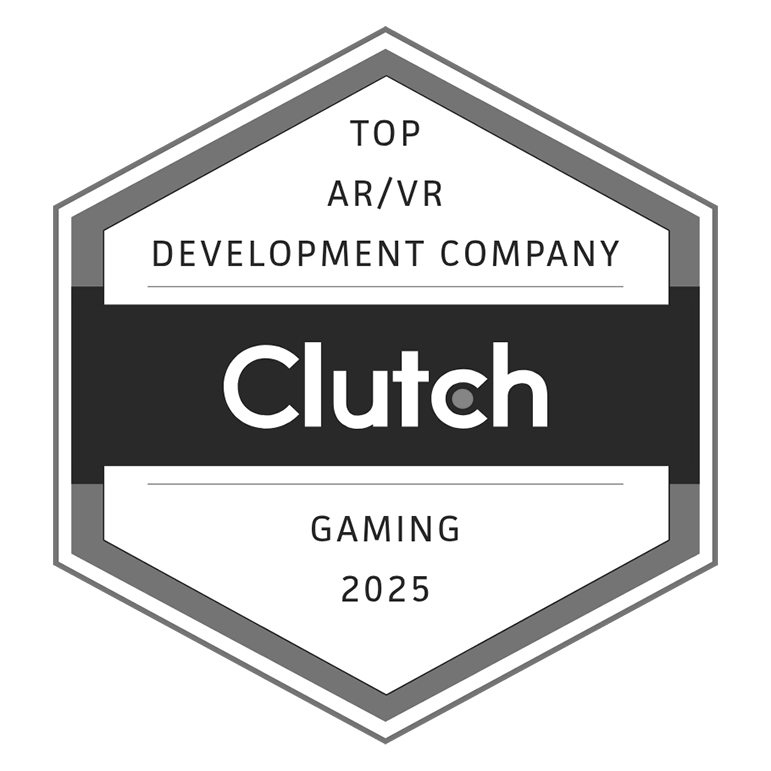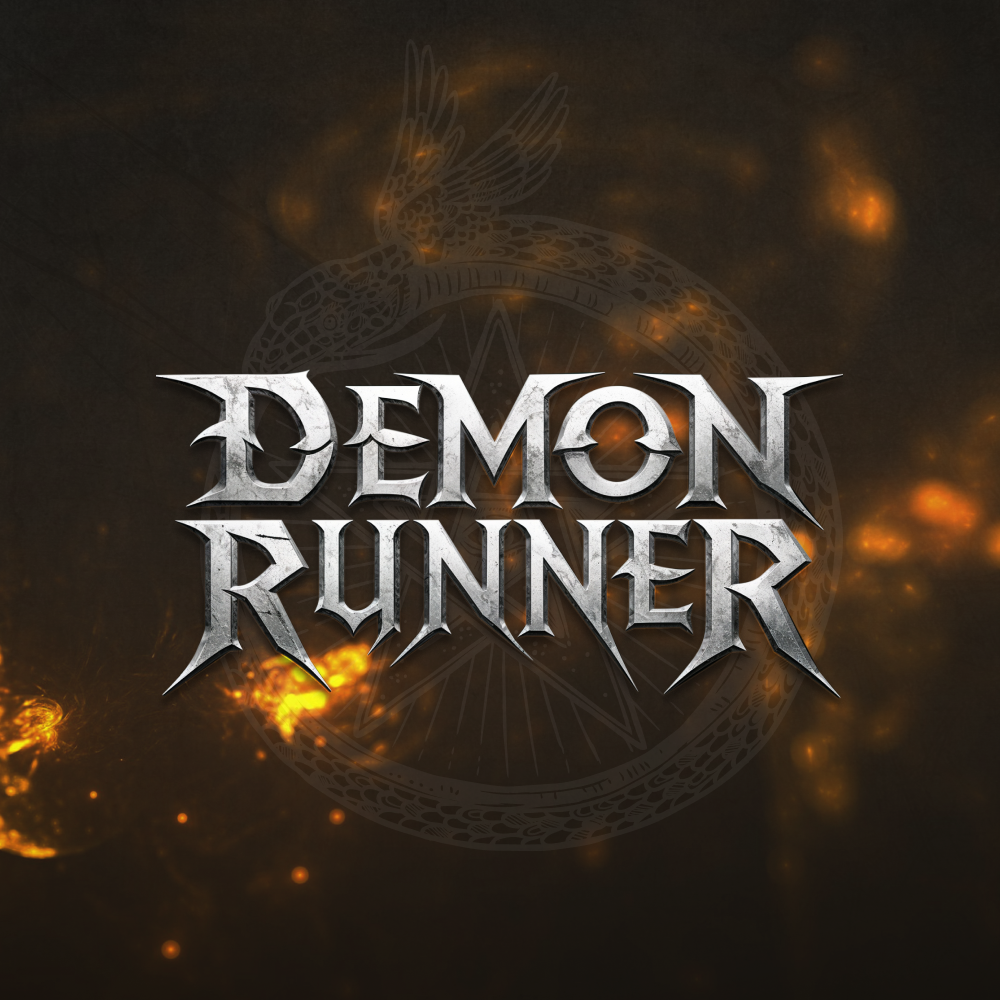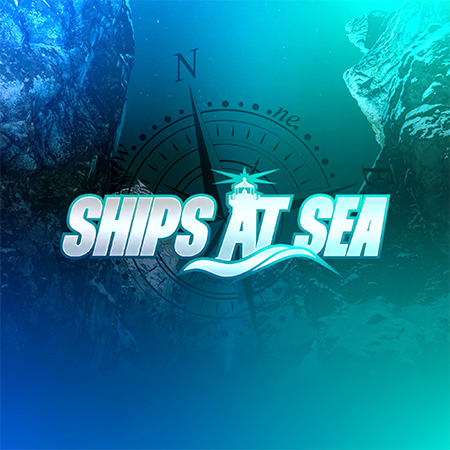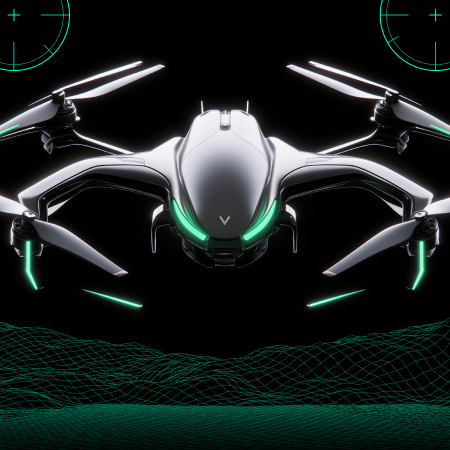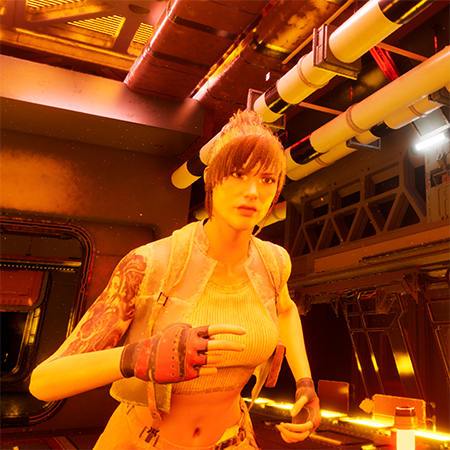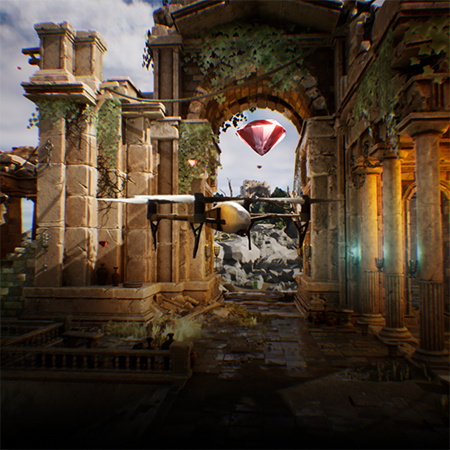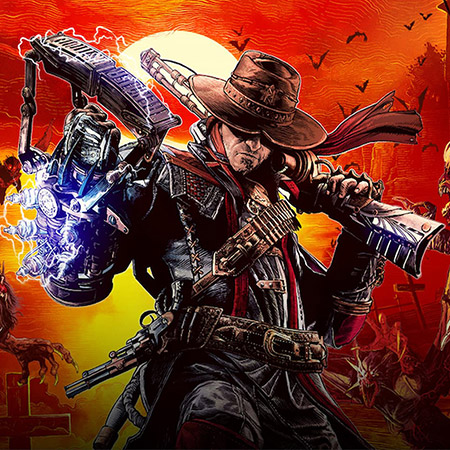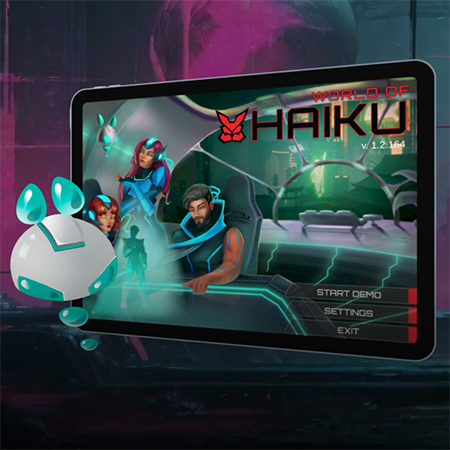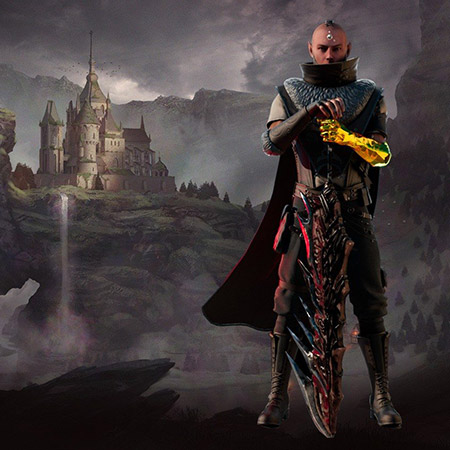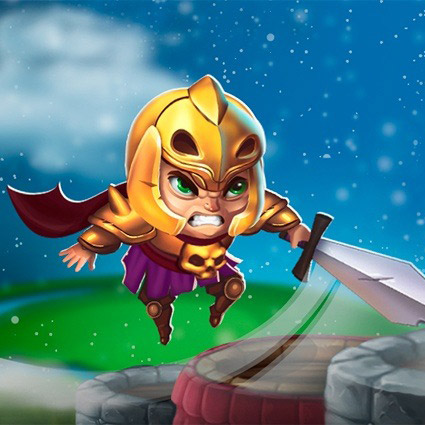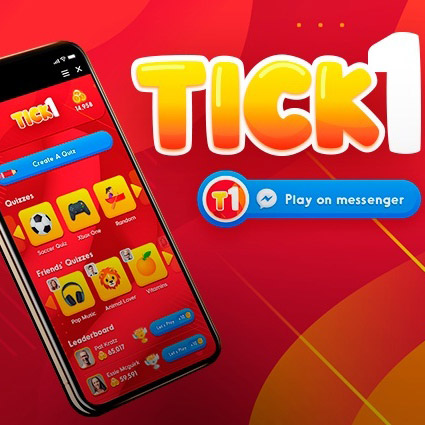Building a reliable game development team often demands flexibility that standard hiring models cannot provide. Staff augmentation services give studios direct access to qualified artists, developers, and technical experts without the delays of traditional recruitment. The approach works exceptionally well for studios that must scale production quickly, balance multiple projects, or fill niche roles such as Unreal Engine developers, Unity programmers, or technical artists.
Studios using staff augmentation services achieve faster delivery when production stages overlap and resources shift across projects. The process allows teams to stay focused on creative direction while external professionals handle specialized tasks. Our methodology ensures that each expert joins seamlessly, follows existing workflows, and maintains the project's visual or gameplay consistency.
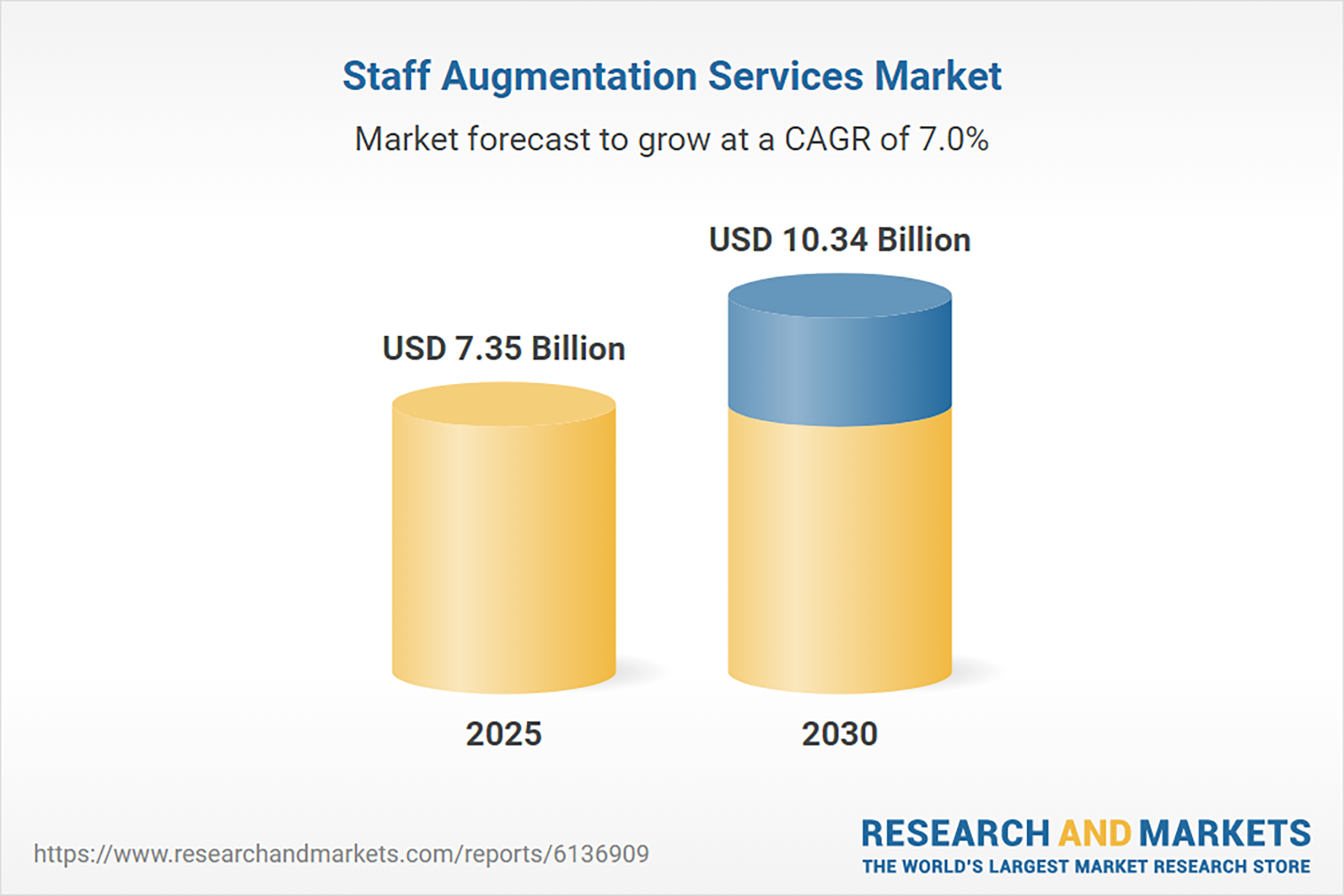
Partner feedback demonstrates that staff augmentation services not only reduce staffing risks but also provide measurable control over budget allocation. Studios can adjust team composition at any stage, ensuring progress stays aligned with milestones. For long-term collaboration, augmented professionals can evolve into permanent contributors, supporting sustainable growth across production cycles.
The Essence of Staff Augmentation in Game Development
It's a familiar scenario: a game project is running smoothly until it encounters a specialized challenge, and you realize you lack the specific expertise required. Pressure mounts, but the deadlines remain fixed. This is exactly where the ability to manage team size flexibly becomes a critical strategic advantage.
In modern game development, even the most seasoned studios run into unexpected talent gaps. We've all seen it: a major milestone is approaching, but your team loses precious weeks searching for that one crucial engine programmer, shader expert, or technical artist. Hiring delays can easily throw carefully laid plans off track, leading to crunch and piling pressure onto your core team.
How Staff Augmentation Solves These Pain Points
Staff augmentation is designed to instantly fill those gaps. Instead of a months-long hiring process, you can onboard a vetted professional who plugs directly into your workflow in a matter of days. Such specialists can take critical tasks off your plate, such as performance optimization, porting, or tool development, keeping production moving forward without diverting focus from the creative vision.
When your internal team is stretched to its limit, external experts can be the key to preventing burnout and maintaining a stable delivery schedule. They get up to speed with your tools, communication style, and production rhythm, delivering consistent work without the long-term commitment or overhead of a full-time hire.
What Is Staff Augmentation in Game Development

Game studios that need to find a game development team often turn to staff augmentation to avoid long hiring cycles and overhead costs. The model allows companies to extend internal teams with external professionals who join projects under the studio's management. Instead of outsourcing entire production, studios maintain full creative and technical control while gaining flexibility in scaling the workforce. Staff augmentation services fit both short-term needs, like adding extra animators for a milestone, and long-term partnerships where specialized roles stay integrated through multiple releases. Our professional work shows that properly structured augmentation helps studios stay efficient without sacrificing artistic quality or delivery speed.
Core Concept and How It Works
Staff augmentation is a resource management strategy designed to strengthen in-house capabilities. The process starts when a studio defines its skill gap, such as Unreal programming, UI design, or gameplay testing. The staff augmentation company then sources, screens, and assigns vetted specialists who integrate into the existing pipeline. Each expert works under the studio's project leads, follows internal guidelines, and uses the same communication and version-control tools.
Drawing from years of practice, our team ensures that onboarding is transparent and performance metrics are tracked from day one. The structure of collaboration typically includes three stages:
- Assessment. Identifying the required roles and competencies.
- Integration. Aligning workflows, assets, and toolsets.
- Supervision. Monitoring productivity and maintaining quality consistency.
Such a setup lets studios expand or reduce staff quickly while keeping the creative process uninterrupted.
Differences from Outsourcing and Co-Development
Staff augmentation differs from outsourcing in the level of control and responsibility retained by the client. In outsourcing, an external vendor manages the process, whereas augmented specialists operate as part of the internal team. Co-development, on the other hand, involves shared ownership and strategic decision-making, which often slows down immediate production flexibility.
Our benchmarking results indicate that augmentation is most effective when the studio's management prefers to stay in charge of creative direction while delegating execution. The main distinctions include:
- Project ownership. Studios remain full owners of code, assets, and creative decisions.
- Communication flow. Augmented staff report directly to internal leads.
- Scalability. Teams can be resized within days without renegotiating entire contracts.
Such differences make staff augmentation a pragmatic model for studios needing agility across prototyping, production, and live updates.
Typical Roles Added to Game Teams
Game studios often expand teams through staff augmentation to fill roles that demand immediate expertise. Common positions include technical artist, shader developer, gameplay engineer, and animation specialist. For visual production, studios frequently search for game artists for hire to meet specific art-style requirements or platform targets.
Our experience shows that the most frequently added roles fall into three categories:
- Art and design. Concept artists, modelers, riggers, UI/UX designers.
- Development. Unity and Unreal programmers, tool engineers, and backend developers.
- Support. QA testers, project coordinators, and build managers.
Each role is chosen to complement existing staff rather than replace them. Studios benefit from immediate integration, no long onboarding, and full compatibility with their creative standards. Staff augmentation ensures that production keeps moving even when internal hiring pauses or new platforms appear mid-cycle.
When Studios Should Use Staff Augmentation in Game Development
Studios often rely on staff augmentation when internal resources cannot cover project demands. The model supports fast scaling for upcoming releases, technical updates, or platform ports. It also helps maintain workflow stability when multiple projects run in parallel.
As we’ve noticed during our professional operation, game companies benefit most when they need specific skills quickly without long recruitment cycles. Augmentation fits teams preparing vertical slices, building prototypes, or expanding for live operations support. By integrating external experts into ongoing production, studios preserve complete creative control while improving delivery timelines and reducing idle overhead.
Pros and Cons of Staff Augmentation
Studios that hire Unity developers or other specialists through staff augmentation gain flexibility, but the model also presents a few challenges. The primary advantage lies in instant access to verified professionals without permanent contracts. Augmented experts work within existing structures, allowing the studio to maintain its standards and supervision.
Pros include:
- Speed. Rapid onboarding of qualified specialists.
- Control. Direct management and communication with added experts.
- Adaptability. Ability to scale up or down as production shifts.
Potential drawbacks include:
- Training time. External staff may need to adapt to studio tools.
- Coordination. Larger distributed teams require stronger communication routines.
- Continuity. Retaining knowledge when short-term contracts end.
Our professional work shows that well-managed integration and clear documentation practices eliminate most of these risks.
Reducing Costs Without Sacrificing Quality
Staff augmentation helps studios lower operational costs while retaining artistic and technical precision. The model removes the expense of permanent employment, such as benefits or idle salaries, allowing studios to allocate budgets toward production assets and marketing. According to our internal analysis, augmented teams achieve similar quality levels when onboarding follows structured milestones and internal review cycles.
Studios can also use augmentation strategically to avoid overstaffing between releases. Instead of hiring full-time employees for temporary features or console ports, external developers join only for the required duration. As confirmed by our clients, this approach keeps quality benchmarks intact while freeing funds for content creation and user acquisition.
Flexible Scaling for Each Production Phase
Game production rarely maintains a fixed size, which makes staff augmentation an efficient solution for dynamic scaling. During pre-production, studios often require concept artists and prototype programmers. In mid-production, the focus shifts to level design, optimization, and testing. Once updates begin, QA engineers and live operations specialists become essential.
Our internal research demonstrates that flexible scaling prevents production gaps and downtime. Teams can expand to meet critical deadlines or reduce in size during review phases. The process involves precise coordination, predictable contracts, and shared tools, ensuring consistent progress across each stage of development.
Build your dream team in days, not months
Staff Augmentation Best Practices for Game Development Teams

Successful staff augmentation in game development depends on precise planning, transparent communication, and structured integration. Based on our experience, the most effective collaborations begin with clear definitions of project goals, timelines, and deliverables before any external specialist joins. Establishing these parameters early prevents mismatched expectations and ensures that every professional understands both the creative vision and production constraints.
- Define roles clearly. Each augmented specialist should have a documented scope of work, tool access, and reporting line. Ambiguity often leads to duplicated tasks or missed deadlines.
- Align workflows. Shared version control, daily stand-ups, and project management tools allow augmented staff to operate as part of the in-house team without interruptions.
- Maintain regular feedback. Short weekly reviews between internal leads and external members sustain consistent progress and prevent creative drift.
- Protect knowledge transfer. Documentation of assets, pipelines, and coding standards secures project continuity after contracts end.
Our methodology ensures that every augmented expert functions as a direct extension of the studio. When structured this way, staff augmentation services strengthen production reliability and shorten time-to-market without losing artistic or technical integrity.
Staff Augmentation or Other Engagement Models in Gaming?
Studios often compare staff augmentation with other collaboration models before starting new projects. Each structure offers unique benefits depending on production goals, budget limits, and internal capacity. Staff augmentation remains the most adaptable choice for short- or mid-term needs, while dedicated and full-cycle models fit longer projects with broader ownership expectations. Understanding how each model distributes control, costs, and responsibilities helps studios select the most sustainable approach for their production roadmap.
Dedicated Teams vs. Staff Augmentation
| Aspect | Dedicated Teams | Staff Augmentation |
| Management Control | Managed externally by the vendor’s leads. | Managed internally by the client’s producers and team leads. |
| Scalability | Scaling requires renegotiation or long-term planning. | Scaling is immediate and flexible per production stage. |
| Commitment Duration | Usually full project or multi-year partnership. | Can be short-term, per milestone, or ongoing. |
| Budget Model | Fixed monthly or annual cost for a complete team. | Hourly or monthly rates for specific specialists. |
| Knowledge Retention | Vendor manages continuity across projects. | Client maintains full ownership of workflows and documentation. |
| Best Fit | Large projects requiring stable external ownership. | Studios seeking control and agility within their own pipelines. |
Full-Cycle Development vs. On-Demand Support
| Aspect | Full-Cycle Development | On-Demand Support |
| Ownership | Vendor oversees concept, design, development, and release. | Client directs all stages, bringing in experts only when needed. |
| Team Structure | Fully external multidisciplinary team. | Individual specialists or small groups join existing teams. |
| Project Scope | End-to-end delivery including documentation and QA. | Focused on targeted tasks such as porting or optimization. |
| Communication | Mostly between vendor PMs and client stakeholders. | Daily interaction within the client’s internal channels. |
| Flexibility | Limited, due to contract and resource structure. | Highly flexible, adjustable per sprint or milestone. |
| Ideal Use Case | Publishers outsourcing entire games. | Studios supplementing production or live service maintenance. |
Hybrid Models for Long-Term Collaboration
Hybrid models combine the flexibility of staff augmentation with the structure of dedicated teams. Many studios apply this approach when maintaining multiple titles or managing live-service operations that evolve continuously. The balance allows external professionals to remain embedded within the internal team while select processes, such as art production or testing, operate semi-independently.
Best hybrid configurations include:
- Core in-house team. Oversees creative direction and final approvals.
- Augmented specialists. Handle time-critical or specialized tasks.
- External modules. Manage repeatable processes such as asset optimization or testing.
- Shared tools. Guarantee transparency across in-house and external pipelines.
- Unified reporting. Aligns progress tracking and delivery metrics for all contributors.
From projects we delivered, it became clear that hybrid structures promote continuity and scalability while preventing dependency on a single vendor. Studios can retain control of intellectual property and processes while benefiting from external capacity and expertise whenever project scope expands.
Choosing the Right Staff Augmentation Partner

Finding the right partner defines how effectively your studio can scale, deliver on time, and keep its creative direction intact. When you hire game developers through staff augmentation, the provider should feel like a genuine part of your team rather than an external vendor. The right collaboration depends on technical expertise, transparency, and communication that support daily progress without adding management pressure.
A strong partner understands the difference between production speed and production quality, helping you balance both throughout the project. Reliable communication, consistent reporting, and genuine accountability form the foundation for long-term cooperation.
Evaluating Portfolios and Technical Expertise
Evaluating a potential partner begins with a close look at real shipped projects instead of polished promotional materials. A solid portfolio demonstrates that the team has faced real production challenges, such as tight schedules, changing requirements, as well as technical limitations, and still delivered. Look for experience that matches your scope, from indie-scale prototypes to complex cross-platform releases.
When reviewing candidates, focus on:
- Engine expertise. Hands-on proficiency with Unity, Unreal, or your proprietary tools.
- Technical execution. Clean performance, optimized pipelines, and reliable integrations.
- Visual quality. Consistency across models, shaders, and UI design.
- Proven clients. Completed collaborations with studios similar in size and workflow.
A strong track record shows that the team can adapt quickly and solve production bottlenecks before they affect delivery. Portfolios that display both creativity and discipline usually indicate dependable specialists who can join your pipeline with minimal onboarding.
Ensuring Communication and Cultural Fit
Even the most skilled developer becomes ineffective if communication fails. A compatible partner values open dialogue, prompt feedback, and mutual understanding of deadlines. The goal is to work as one team, not two sides exchanging isolated updates. Clear documentation, organized task tracking, and responsive communication channels make coordination straightforward, even when time zones differ.
A short pilot sprint or trial project often helps both sides test compatibility before signing a long-term contract. During that stage, you can observe response times, reporting accuracy, and adaptability under real production pressure. Partners who stay transparent about progress and respond to feedback without delay tend to integrate smoothly. When communication feels natural, projects progress faster, morale stays high, and misunderstandings rarely escalate into problems.
Transparency, Reporting, and Flexibility
Transparency keeps every stage of development measurable and predictable. A dependable staff augmentation partner provides full access to reports, sprint summaries, and cost breakdowns. You should always know what each specialist is doing, how long tasks take, and how resources are allocated. Regular status updates replace uncertainty with accountability.
Core transparency habits include:
- Detailed weekly reports. Covering accomplishments, blockers, and upcoming goals.
- Open dashboards. Allowing both sides to track active tasks and completed work.
- Flexible engagement terms. Enabling quick adjustments to team size or focus.
- Budget clarity. Fixed rates, visible expenses, and no hidden costs.
Flexibility matters as much as openness. Production schedules shift, and priorities change. The best partners adapt immediately, reallocating staff or revising workflows without friction. When transparency and flexibility work together, studios gain full confidence in their extended teams and can maintain steady progress across every phase of development.
How to Manage Staff Augmentation in Game Development?
Managing augmented specialists starts with clear goals, a single source of truth, and predictable routines. Keep ownership inside your studio while giving external experts everything they need from day one. Use one backlog, one roadmap, and one build pipeline. Share decisions in writing, keep meetings short, and record outcomes. Align schedules early, confirm holiday calendars, and set backup contacts. Treat external members as part of the team so communication stays direct and progress stays visible.
Setting Deliverables and Performance Metrics
Every role needs a definition of done that is easy to check. Put timelines, quality bars, and acceptance criteria in the same place your team already uses. Measure outcomes that matter to players and producers, not just time spent.
Essential practices:
- Clear scope. Write tasks that describe inputs, outputs, and constraints.
- Shared milestones. Plan checkpoints that combine art, code, and QA.
- Objective metrics. Track frame time, memory, defect counts, and review scores.
- Regular reviews. Hold weekly checks and document decisions and fixes.
Coordinating Multi-Discipline Collaboration
Game work spans design, art, engineering, and testing. Coordination removes friction between handoffs. Keep tools aligned across teams and avoid duplicate trackers. Name assets the same way, store them in the same places, and follow the same review path.
Coordination moves:
- One task board. Everyone sees priorities and dependencies.
- Unified repos. Branching rules, code reviews, and build owners are clear.
- Tight rituals. Short standups, focused syncs, and written updates.
- Visible docs. Pipelines, checklists, and playtest notes in one hub.
Maintaining Visual and Gameplay Consistency
Consistency protects the player experience. Share references before work begins and keep style guides current. Enforce coding standards and gameplay rules so features feel coherent from level to level.
Consistency tools:
- Style guides. Palette, lighting, scale, shader rules, and UI patterns.
- Design bible. Core loops, input maps, camera rules, and difficulty curves.
- Gate reviews. Art lead, tech lead, and design lead sign off before merge.
- Playtests. Short sessions with notes that map to actionable tasks.
When everyone follows the same guides and reviews, quality stays stable and the build remains shippable.
Challenges and Solutions in Staff Augmentation
Integrating external specialists always brings new dynamics to production. Challenges appear when communication slows, data becomes fragmented, or cultural expectations differ. Addressing these issues early prevents disruption and keeps production predictable.
With clear onboarding, shared guidelines, and transparent security rules, studios can blend internal and external efforts without losing speed or control. Every challenge has a practical countermeasure that strengthens collaboration and builds long-term reliability.
Productivity During Integration
New specialists need time to adapt to workflows, tools, and communication patterns. Productivity often dips during the first two weeks of integration, especially when documentation is incomplete. To shorten that period, assign mentors, prepare access credentials in advance, and hold short onboarding sessions focused on project goals.
- Structured onboarding. Cover tools, build setup, and reporting formats.
- Mentorship pairing. Assign an internal contact for each new expert.
- Defined ramp-up plan. Schedule smaller tasks first, then expand responsibility.
- Performance check-ins. Monitor progress daily until workflows stabilize.
Productivity recovers quickly when expectations are clear and support is available from the start. Consistent feedback loops and accessible documentation keep external specialists aligned with internal progress.
Data Security and Confidentiality
Game studios handle sensitive material such as unreleased assets, engine code, and monetization systems. Protecting that data requires firm access control and clear contractual responsibility. Before any collaboration starts, limit access to project areas relevant to the assigned role and enforce two-step authentication for all accounts.
- Separate environments. Use isolated repositories for external work.
- Access control. Grant permissions only for current assignments.
- Legal agreements. Include NDAs and IP ownership clauses in all contracts.
- Regular audits. Review user access and logs during each milestone.
With these measures, Game-Ace provides complete transparency and legal confidence, preventing data leaks, maintaining trust, and ensuring your studio retains full ownership of all creative and technical assets.
Every collaboration begins under NDA and IP Transfer Agreements, ensuring your data, source code, and creative materials remain your sole property. All interactions, file exchanges, and communication channels are governed by these agreements to guarantee full protection at every stage of development.
Preserving Studio Culture and Standards
Culture influences how teams communicate, review work, and make creative choices. When new contributors join, maintaining that culture ensures stability. Introduce external specialists to the studio's communication tone, art direction, and project goals before they start. Encourage participation in team meetings so they understand expectations and shared values.
- Orientation sessions. Present studio values, structure, and workflows.
- Consistent feedback. Discuss quality standards and tone during reviews.
- Team visibility. Include external members in internal updates and milestones.
- Shared recognition. Celebrate achievements collectively to build trust.
When culture and standards remain visible and inclusive, both internal and augmented staff work cohesively. The result is a studio environment where creativity thrives and production stays efficient.
Future Trends in Staff Augmentation in Gaming
Game studios are shifting toward more flexible production systems supported by distributed teams and specialized partnerships. Staff augmentation is becoming a long-term strategy rather than a short-term resource fix. As projects grow in scope and complexity, studios are blending internal staff with global experts who bring niche skills in engines, platforms, and automation. The future of this model points to increased specialization, broader talent access, and deeper integration with emerging technologies.
Access to Global Game Talent
Studios no longer limit recruitment to local markets. Staff augmentation opens access to global talent pools, allowing producers to find professionals with rare technical and artistic backgrounds. A studio in Europe can collaborate with shader developers from Asia or gameplay engineers from North America without friction.
Modern communication tools and cloud-based build systems make cross-time-zone work manageable. International collaboration also encourages knowledge sharing and stylistic diversity, improving the creative depth of projects. By relying on verified external talent, studios can fill specific roles quickly and maintain continuous production cycles regardless of region or scale.
Finding the right fit is key. At Game-Ace, we build teams that match your company's culture, language, and location. We find specialists who meet your technical requirements and, just as importantly, your preferred way of working. By providing developers in your time zone who speak your language and share your cultural outlook, we ensure easy communication, higher engagement, and seamless integration with your internal team.
Specialized Roles for VR, AI, and Engines
New technologies demand highly focused skill sets that internal teams often lack. Staff augmentation providers now supply specialists for areas such as VR environment design, procedural animation, AI-driven NPC logic, and Unreal or Unity optimization. These experts help studios stay competitive as hardware and engines evolve.
As VR platforms and AI-assisted workflows mature, augmented specialists will handle integration, testing, and optimization tasks that require both creative understanding and technical precision. The growing need for cross-engine fluency means developers who can switch between tools will remain in high demand.
Evolving Role of Augmentation Providers
Augmentation providers are moving from simple staffing agencies to full-scale production partners. Their focus is no longer limited to sourcing talent but also includes onboarding, performance monitoring, and continuous upskilling of professionals. Providers maintain internal databases of vetted developers, artists, and designers who can join projects instantly.
Future collaborations will depend on adaptability and quality management rather than sheer team size. Providers will refine support systems, integrate automation tools, and ensure smoother transitions between contracts. As the industry evolves, the best augmentation partners will act as long-term production allies that sustain creative capacity for multiple titles and development cycles.
How to Use Staff Augmentation with Game-Ace?

Game-Ace provides a direct and structured way to expand your production capacity without slowing down creative work. As a game development company, we offer staff augmentation that connects your studio with skilled developers, artists, and technical specialists ready to integrate into your pipeline.
Whether your project is at concept, prototype, or live-ops stage, our specialists join smoothly and deliver results from day one. We’ve helped studios scale faster, reduce crunch, and launch on schedule, and we can do the same for you.
The process begins with a short consultation to understand your project goals, tools, and production stages. Our team then selects the most suitable professionals to join your project immediately and adhere to your workflow, tools, and communication standards.
You maintain complete control over direction, while we handle recruitment, onboarding, and administrative management. Whether you need an Unreal developer, Unity programmer, HTML5 developer or full game department team, the collaboration stays transparent and scalable. Each specialist joins your daily process as if they were part of your in-house staff, ensuring smooth coordination and measurable results.
Our Talent Pool
At Game-Ace, we’ve built one of the most diverse and experienced talent pools in the game development industry. Our in-house specialists cover every major discipline required to support studios of any size — from indie teams to large-scale AAA productions. With over 400 vetted professionals, we provide immediate access to the skills your project needs.
Our Art Department includes more than 120+ artists, covering concept, 2D and 3D art, animation, UI/UX, and VFX. Each artist is trained to maintain consistency across visual styles and adapt quickly to your creative direction.
Our Development Department unites over 280+ developers skilled in Unity, Unreal Engine, HTML5, and other technologies essential for today’s cross-platform production. Whether you need gameplay programmers, technical artists, or backend engineers, our experts integrate seamlessly into your workflow.
All specialists are pre-vetted and ready to join your project within days, ensuring fast onboarding and reliable results. We select candidates not only by technical skill but also by communication style, time zone, and cultural fit — so they work as a natural extension of your internal team.
If your studio needs to expand quickly without compromising quality or control, Game-Ace’s Talent Pool gives you instant access to proven professionals who are ready to contribute from day one.

Contact us to learn how our staff augmentation services can strengthen your production, shorten development time, and help deliver high-quality games without expanding permanent overhead.
Build your dream team in under a week with our vetted game developers and artists.
 VFX Artists: The Powerhouse Behind Engaging Visual Experiences
VFX Artists: The Powerhouse Behind Engaging Visual Experiences  NFT Game Developers Crafting Virtual Realms
NFT Game Developers Crafting Virtual Realms 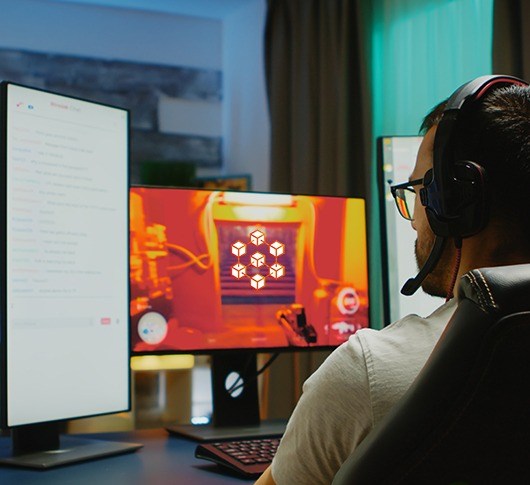 How to Find Professional Blockchain Game Developers for Your Project
How to Find Professional Blockchain Game Developers for Your Project 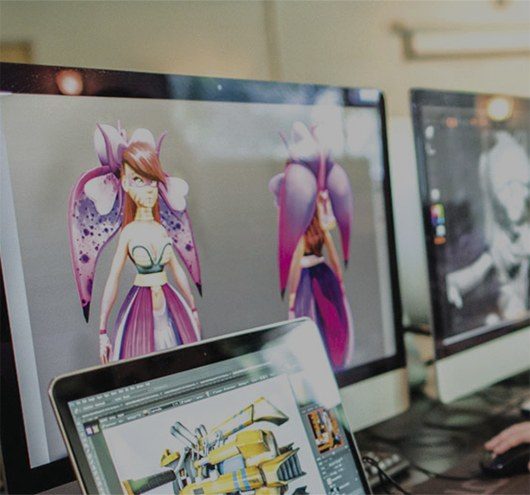 Where to Find Game Artists for Hire
Where to Find Game Artists for Hire 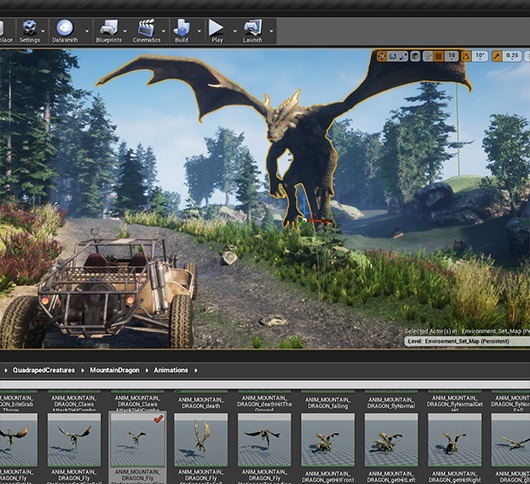 What is a Technical Artist and How to Hire One?
What is a Technical Artist and How to Hire One? 